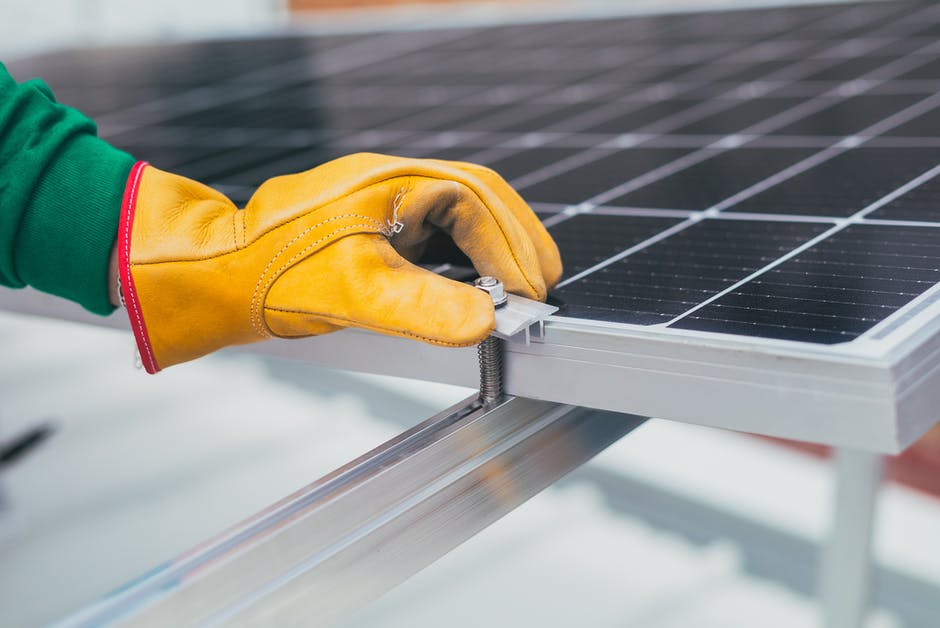The Basics of Solar Panel Wiring
There’s no denying it, the drive for solar energy has shifted into high gear. The demand for residential solar rose 30% from 2020 to 2021 alone, with 4.2GW of panels installed.
With the cost of electricity rising nearly 2% every year and other fuels rising with no end in sight, solar has become an attractive alternative power source.
You see solar panels everywhere, and if you’re thinking of installing a residential solar system, read on to get an understanding of how solar panel wiring works and how it is done.
Electricity Basics
To understand solar wiring, you must first understand how the panels and batteries send and accept electrical power.
Panels produce power in voltage and amperage. Voltage is the difference in charge at each end of a circuit. Amperage relates to the amount of current that flows through a circuit.
This terminology makes little sense without context, so let’s use the analogy of water in a pipe. Voltage would be the pressure (PSI) of the water in the pipe, and amperage would be the size (circumference) of the pipe. You can see how the pressure and the pipe size work together, as do volts and amps.
Solar Panel Wiring Basics
Whether it’s a DIY solar installation or a professional install, your new panels will feed kinetic energy from the sun into potential energy stored in batteries.
Electricity from the panels flows into a controller that charges the batteries. When you draw power from the batteries, it gets converted into the proper voltage and amps by the inverter.
How that power gets transmitted from the panels to the controller depends on what type of wiring you use.
Wiring in Series
You will connect solar panel wires using this method to keep the current (size of the pipe) constant. No matter the voltage difference across each panel, the amperage will not change.
You put the panels in series by connecting the positive (+) terminal from one panel to the negative (-) terminal of the next panel across the entire array.
Wiring in Parallel
This method keeps voltage (pressure) constant, but amperage can vary greatly.
Parallel wiring is achieved by wiring all the positive (+) terminals together across the array, and then by wiring all the negative (-) terminals together.
For more information on solar panel installation and wiring, read here.
Pros and Cons of Series vs Parallel Wiring
Wiring in series keeps the current constant—normally a good thing—but if one or more panels experiences a reduction of output (due to shade or other factors) it will bring down the current level across the entire array.
Wiring in parallel has the advantage of keeping amperage constant. Should some panels get compromised, the voltage may drop, but amperage does not.
Solar panel output power fluctuates, and you’ll either have to wire for varied voltage or varied amperage, depending on the requirements of your controller.
The Marvels of Solar
Solar panel wiring is pretty straightforward because the solar controller does all the heavy lifting.
You decide if you want varying current or varying voltage and wire accordingly, and the controller converts that power into the correct amperage and voltage for charging your batteries.
Now get ready to toss away that electricity bill!
If you found this article informative, and interesting, please browse around our site for more existing content.




